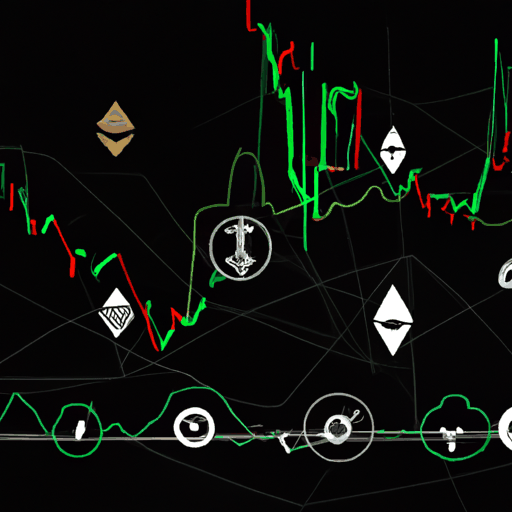
Bitcoin Dominance Reaches Three-Year High Amid Market Volatility
By: Eliza Bennet
Bitcoin Dominance Surges Amid Market Turbulence
Recent market activity has spotlighted Bitcoin’s significant role in the digital asset landscape. Bitcoin dominance, a measure of Bitcoin's market capitalization relative to the rest of the cryptocurrency market, soared to its highest level in three years, touching 58% before retreating to 57%. This marks a substantial rise amidst current market upheavals.
Price Fluctuations and Volatility
Bitcoin’s remarkable surge in dominance coincides with a notable decline in its price. Recently, Bitcoin fell to approximately $50,000, a sharp 32% drop from its all-time high. Ethereum has not been immune to these fluctuations, dropping to around $2,230. The ETH/BTC ratio also saw a significant dip, falling as low as 0.0400 before bouncing back to 0.044—levels not witnessed since April 2021.
These movements underscore the volatile nature of the cryptocurrency market, further emphasized by a significant rise in the Volatility Index (VIX) to 65. This spike mirrors levels last seen during the COVID-19 market crash in March 2020, indicating heightened uncertainty and fear among investors. Historically, such levels of volatility have only been surpassed during major global financial crises, including the 2008 financial meltdown when the VIX approached 100.
Macroeconomic Factors
The turbulence in the cryptocurrency market is not occurring in isolation. Broader macroeconomic factors are also at play. Notably, the yield curve spread between the US 10-year and 2-year Treasury notes has normalized for the first time since July 2022. This normalization is often regarded as an indicator of economic health and has historically preceded periods of financial stability.
Furthermore, macroeconomic headwinds, including recent movements in the foreign exchange markets and interest rate hikes, have exacerbated the instability. Investors are closely watching these developments, as they influence not just traditional markets but also the flow of capital into digital assets.
For more information, visit Trading View or Glassnode.



